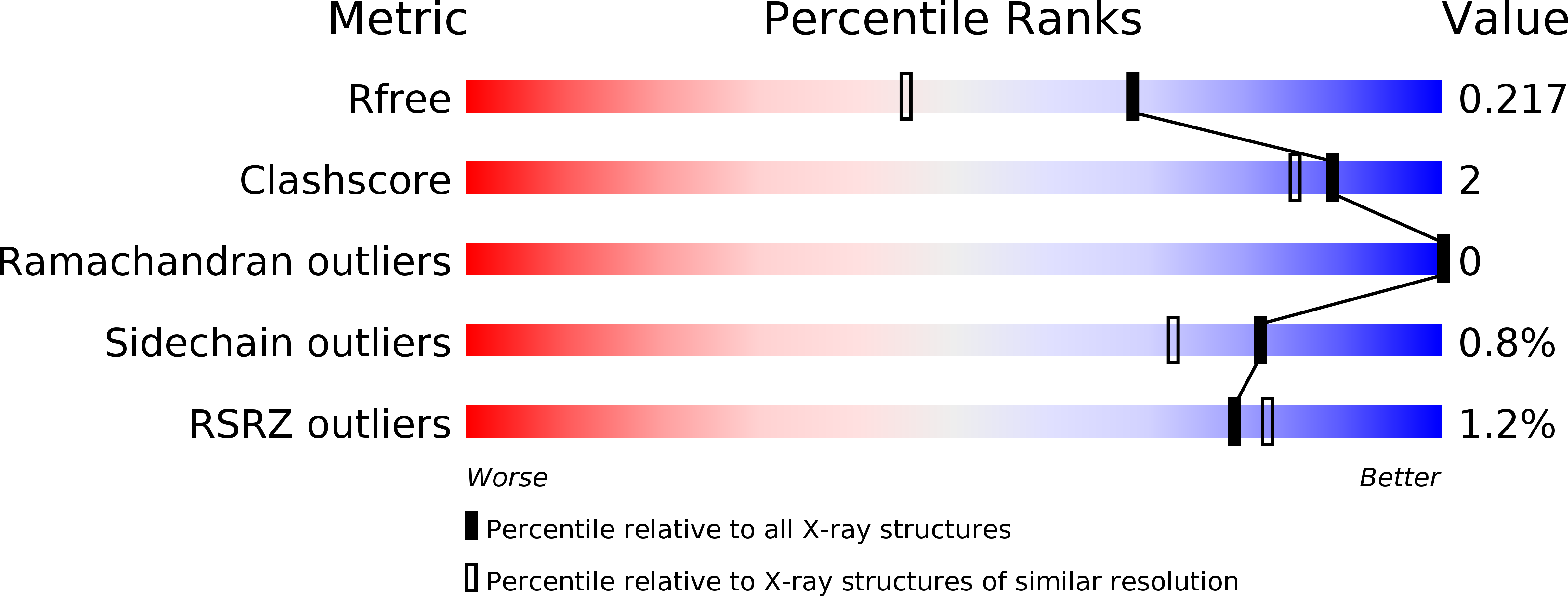
Deposition Date
2013-01-10
Release Date
2013-11-06
Last Version Date
2024-05-08
Entry Detail
Biological Source:
Source Organism:
Homo sapiens (Taxon ID: 9606)
Tolypocladium inflatum (Taxon ID: 29910)
Tolypocladium inflatum (Taxon ID: 29910)
Host Organism:
Method Details:
Experimental Method:
Resolution:
1.67 Å
R-Value Free:
0.21
R-Value Work:
0.17
R-Value Observed:
0.17
Space Group:
I 2 2 2


